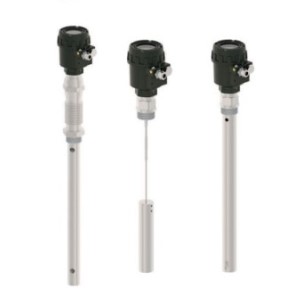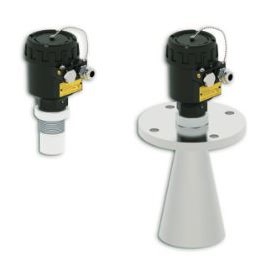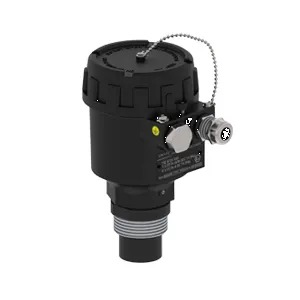
Guided Wave Radar
Guided wave radar (‘radar on a rope’) transmitters are used for reliable product level monitoring. This level measurement technology is not impacted by dust, vacuum, humidity, foam, pressure changes, dielectric and temperature.
The GWR is installed on top of the tank. A probe or cable is lowered into the vessel from the top and continuously measures the level of the product as it makes contact along its length. A microwave signal is transmitted from top to bottom and reflected back. The distance is calculated by the speed of light and the time delay.
Different probes are used for a variety of applications:
- coaxial probes for liquids with low dielectric constants
- single element probes for viscous products
- twin element probes for long measurement
Interface measurement is possible if the 2 media have different dielectric constants.
GWRs are also used as combo units with Magnetic level gauges for all kinds of liquids in vessels and tanks to have a backup for power cuts or in the power start up process.

Non Contact Radar
The Radar Level Meters are excellent devices for no contact level measurement. The microwave
impulses, emitted by the radars antenna, travel at speed of light and a part of their energy, reflected by the surface of the medium to be measured, is received by the same antenna.The period of time (flying time)
between the emission and the arrival of the impulses, is proportional to the existing distance between the antenna and the surface of the medium to be measured.

Ultrasonic Level
The Ultrasonic Level Measurement is mounted on top of the vessel. Under the control of the electronic unit, the probe emits ultrasonic wave pulse to measured medium. The sound wave is reflected by the surface of medium, a part of reflection echo is received by the probe and converted into electrical signal. From the emission of the ultrasonic wave to the new reception, the time is directly proportion to the distance from the probe to the measured medium. The electronic unit detects the time and calculates out the measured distance according to the known sound velocity and obtains the level or volume of the medium.
